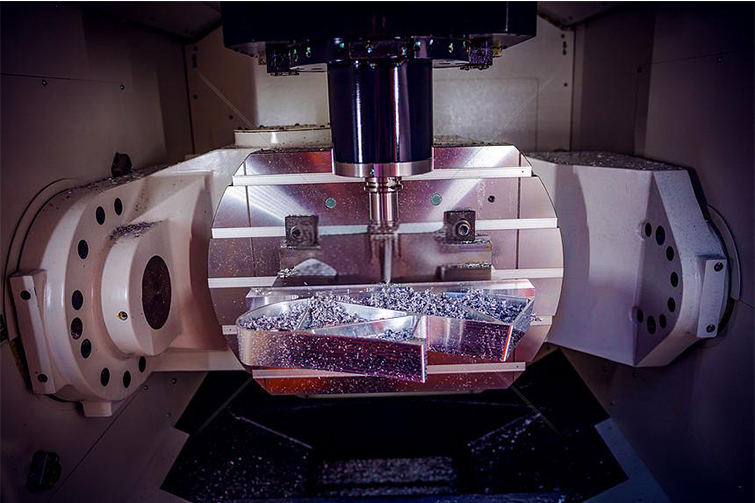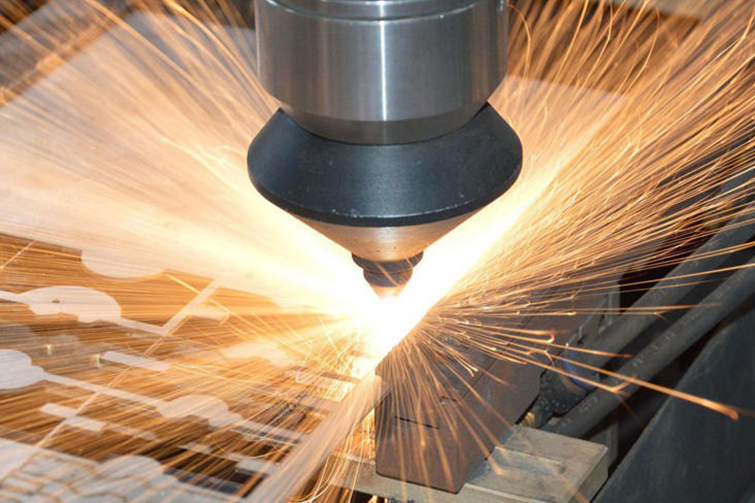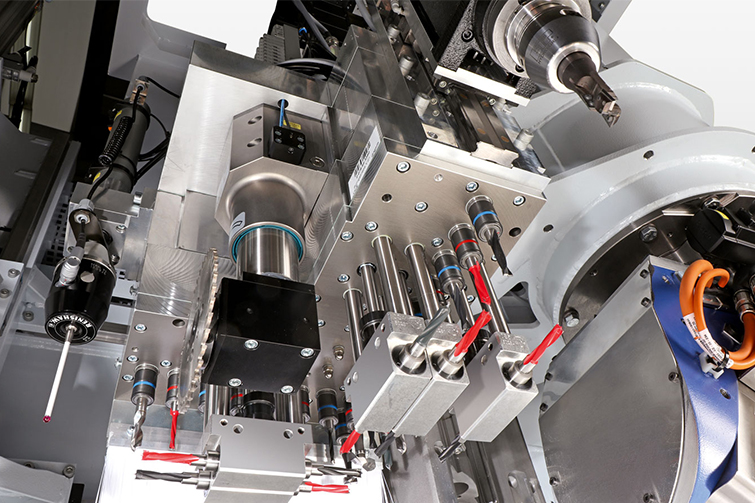

How to TIG Weld Aluminum and Aluminum Alloys
Tungsten Inert Gas (TIG) welding, also known as Gas Tungsten Arc Welding (GTAW), is a versatile and precise method for welding aluminum and its alloys. Due to aluminum's unique properties—such as its high thermal conductivity and the presence of a tenacious oxide layer—TIG welding is preferred for achieving high-quality welds. This guide will walk you through the necessary steps and considerations for successfully TIG welding aluminum and aluminum alloys.
1. Preparation and Equipment
Equipment Required:
- TIG Welding Machine: Ensure the machine is capable of providing Alternating Current (AC) mode, which is essential for welding aluminum.
- TIG Torch: Suitable for aluminum welding, equipped with a proper gas lens or collet body.
- Tungsten Electrode: Use either pure tungsten (green) or zirconiated tungsten (white), which are effective for AC welding due to their arc stability.
- Shielding Gas: Pure argon is commonly used, providing excellent protection for the weld area.
- Filler Rods: Select aluminum filler rods that match or are compatible with the base material, such as 4043 or 5356.
Materials:
- Aluminum or Aluminum Alloy Workpiece: The material to be welded.
- Cleaning Tools: Stainless steel wire brush, acetone, or dedicated aluminum cleaning solutions to remove oxide layers and contaminants.
2. Pre-Weld Preparation
Cleaning:
- Surface Cleaning: Aluminum develops a strong oxide layer that must be removed before welding. Use a stainless steel wire brush specifically for aluminum or chemical cleaners like acetone to ensure a clean surface.
- Joint Preparation: Prepare the joint by beveling edges or ensuring a tight fit-up to facilitate a smooth weld.
Equipment Setup:
- Machine Settings: Set your TIG welder to AC mode. AC helps break the oxide layer on aluminum, providing a clean weld pool.
- Gas Flow: Adjust the argon flow rate to 15-20 cubic feet per hour (CFH) to adequately shield the weld area.
- Electrode Preparation: Grind the tungsten electrode to a point with a slightly blunt tip, which helps to maintain arc stability and prevent wandering.
3. Welding Process
Parameters:
- Current Settings: Adjust the welding current based on material thickness. Thicker materials require higher current. A thumb rule is around 1 ampere per 0.001 inch of thickness.
- Arc Length: Maintain an arc length of 1.5 to 2 times the diameter of the tungsten electrode.
- Torch Angle: Hold the torch at a 70-80 degree angle relative to the workpiece to ensure optimal arc control and penetration.
Welding Steps:
- Initiating the Arc: Start the arc by gently touching the electrode to the workpiece and lifting it to establish a stable arc.
- Creating the Weld Pool: Establish a small, controlled weld pool by keeping the arc steady and moving the torch smoothly.
- Adding Filler Material: Dip the filler rod into the leading edge of the weld pool, avoiding contamination from the tungsten. Feed the filler rod smoothly to maintain a consistent bead.
- Controlling Heat Input: Move the torch steadily along the joint, ensuring even heat distribution and preventing overheating or burn-through.
- Shielding Gas Coverage: Maintain constant argon coverage to protect the weld from atmospheric contamination.
4. Post-Weld Procedures
Cooling:
- Natural Cooling: Allow the weld to cool gradually. Rapid cooling can lead to cracking or distortion in the weld area.
Inspection:
- Visual Inspection: Examine the weld bead for uniformity, smoothness, and the absence of defects such as porosity or cracks.
- Cleaning: Remove any post-weld oxidation or residues using a stainless steel brush.
Tips and Best Practices
- Heat Control: Aluminum's high thermal conductivity demands careful heat management. Using pulse settings on your TIG welder can help control heat input and minimize distortion.
- Weld Sequence: For complex assemblies, plan your weld sequence to minimize residual stresses and prevent warping.
- Practice: Welding aluminum requires skill and practice. Consistent technique and parameter adjustment are key to mastering TIG welding of aluminum.
Conclusion
TIG welding aluminum and its alloys can be challenging due to the material's unique properties, but with proper preparation, equipment, and technique, it is possible to achieve high-quality welds. By following the steps outlined above and maintaining meticulous attention to detail, you can enhance your skills and produce durable, aesthetically pleasing welds on aluminum materials.





